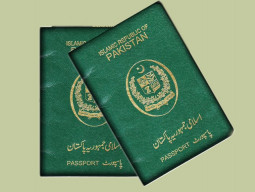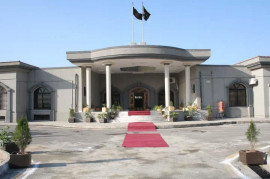
Wen’s visit to the school follows a significant addition to the 2011 school syllabus by the Central Board of Secondary Education in India: the introduction of Mandarin for students from class six onwards.
It was reported that students at the school were learning how to say ‘hello’, ‘thank you’ and ‘goodbye’ to the Chinese premier. He will leave for Islamabad on Friday but Mandarin, I think, is here to stay. And this is a very good thing in a country where people believe that mainland China is a restaurant, rather than a geopolitical entity.
As a native of Calcutta, I have probably had more exposure to the Chinese community in India than people from other cities. Our abysmal ignorance about Chinese migrants (they came in waves starting in the late 18th century to work at the Calcutta port), however, remains. The British thought they were excellent workers and especially fine carpenters and leather craftsmen. The restaurant, laundry and beauty parlour cliches came much later.
The line of shops selling handcrafted shoes still exists on Bentinck Street, with names (Ah Thoo, A Thin, you get the drift) that never cease to amuse the average Calcuttan; a man who firmly believes that ‘hakka’ is a type of street noodles, rather than a community.
Sadly, Tangra, the great hub of homestyle Calcutta Chinese food, has transformed into a pork-free zone, because most establishments are now run by regular Calcutta businessmen who prefer paneer and peanuts. This is a shame. Chinese food without pork is like biryani without gosht. It was reported that even Wen, the premier, checks the price of pork every day to gauge popular mood.
In Calcutta, the integration is so complete that the Chinese even have their own Kali temple. But this has come at a price: the loss of language. We’ve forgotten, for instance, that ‘chini’, the Bengali word for sugar, has its roots in China.
That’s changing now: economics has a way of working these things out. There are scores of private classes being offered all over India, offering various levels of Chinese language training. From Karnataka to Calcutta, there are Chinese courses available at 250 Indian rupees a session onwards.
One example: The School of Chinese Language in Calcutta — a non-profit institution that was started in 2008 and has already produced 200 graduates. This school was inaugurated by the Chinese Consul General Mao Siwei in 2008. He said: “I believe the world has enough space for China and India... to develop together… I believe that an increasing number of young Indians will learn the Chinese language.”
They will. And I hope they do, because I’ve read too many reports in the past which have the phrase “the mandarins of South Block” (or wherever) by writers who don’t have a clue as to where that term comes from (it is a relative of the Hindi word ‘mantri’).
It has finally dawned on Indians that they had better learn the language the fastest growing economy in the world speaks. Mandarin will now mean something much more than a manipulative bureaucrat. It will mean a passport to a huge marketplace.
It will also mean that issues such as, say, the stapled visas for residents of Jammu and Kashmir (only the Chinese have the ingenuity to come up with this kind of stuff!) or the border disputes all over the north and even the much trickier strategic ties with Pakistan will be treated as irritants, rather than the real thing — which is business.
It doesn’t take an ‘electric brain’ (a computer, in mandarin) to figure that one out. It just requires common sense.
And guess who had a bit of that? Rabindranath Tagore’s Vishwabharati University, in Shantiniketan, near Calcutta has been offering Chinese language courses since 1932.
Published in The Express Tribune, December 16th, 2010.













COMMENTS
Comments are moderated and generally will be posted if they are on-topic and not abusive.
For more information, please see our Comments FAQ